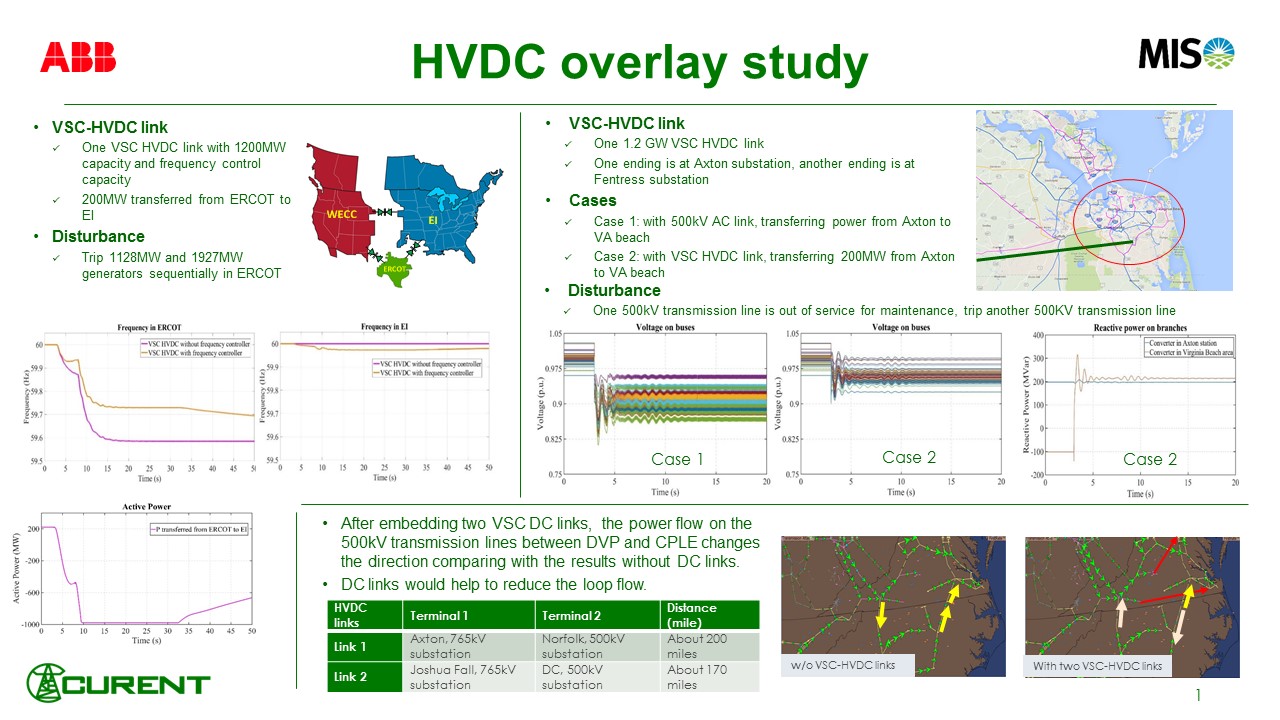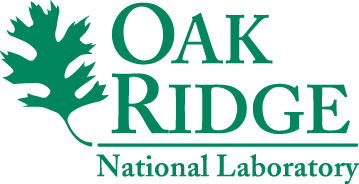The VSC-HVDC transmission system has shown its significant advantage on the independent control capability of active and reactive power in power systems. This flexible controllability can be used for primary frequency control of large interconnected systems and voltage support of local areas. The Study of the flexible control capability of VSC-HVDC will provide a new perspective on the frequency response and voltage stability for large systems. Based on the system models of three large interconnections in North America, the frequency control capability of VSC-HVDC transmission systems used to connect each interconnection is investigated. Simulation results show that VSC-HVDC converters can change the direction of power in very short time, which is about 1 second with the proper setting of frequency controllers. VSC-HVDC converters have the capability of continuous adjustment of modulation power with frequency controllers. The VSC-HVDC systems can provide very fast active power support to improve the dynamic frequency performance of interconnections after contingencies of tripping the major generator(s). The VSC-HVDC link also is helpful to reduce the loop flow when the link is used to connect two areas. In our research, two VSC-HVDC links are embedding into Eastern Interconnection system, which is the links from Axton to Norfolk and Joshua Fall to Washinton DC area. Both of two links are set as 320kV/1100MW. After embedding two VSC DC links, the power flow on the 500kV transmission lines between DVP and CPLE changes the direction comparing with the results without DC links. The HVDC links would help to reduce the loop flow. On the other hand, the embedded VSC-HVDC links are helpful to improve the voltage stability in the Norfolk area when the critical 500kV transmission line is tripped. Results show the VSC-HVDC converters provide a large amount of the reactive power during the contingency and improve the voltage to the range of requirements.



